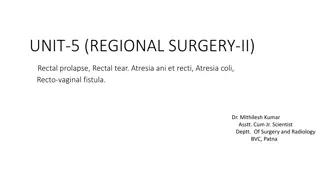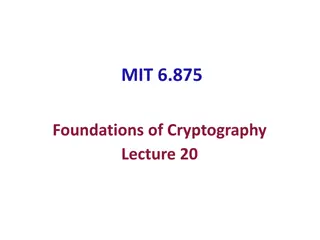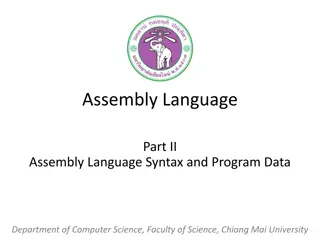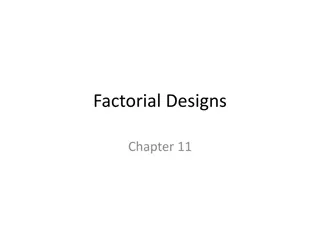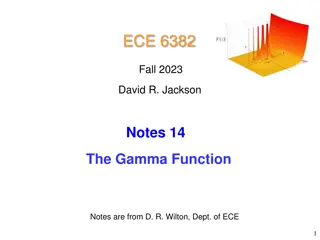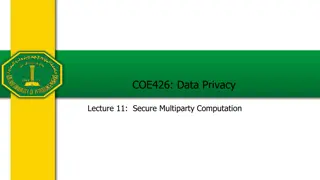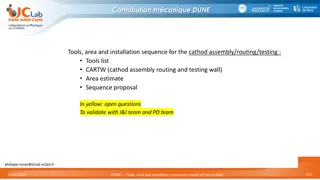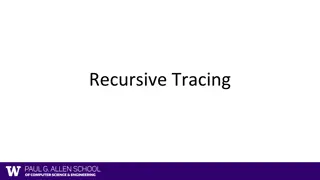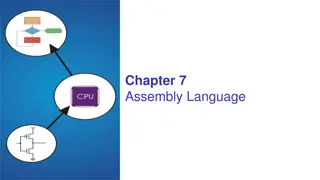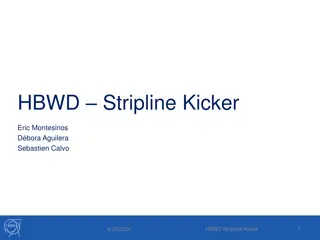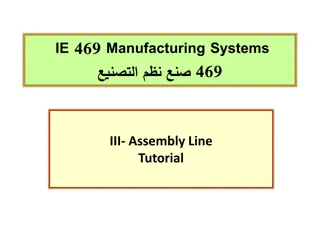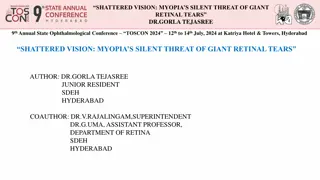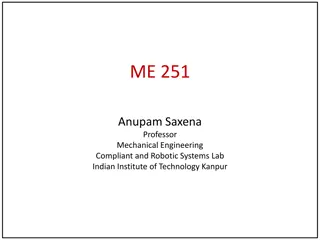Assembly of Tears: Week 7 Tutorial on Factorial Computations
Dive into the world of factorial computations with a focus on head and tail recursion techniques. Explore the toolbox for efficient coding practices and discover the power of implementing factorials using iterative, head, and tail recursion methods.
Download Presentation

Please find below an Image/Link to download the presentation.
The content on the website is provided AS IS for your information and personal use only. It may not be sold, licensed, or shared on other websites without obtaining consent from the author.If you encounter any issues during the download, it is possible that the publisher has removed the file from their server.
You are allowed to download the files provided on this website for personal or commercial use, subject to the condition that they are used lawfully. All files are the property of their respective owners.
The content on the website is provided AS IS for your information and personal use only. It may not be sold, licensed, or shared on other websites without obtaining consent from the author.
E N D
Presentation Transcript
WEEK 7 ASSEMBLY OF TEARS
TODAYS PLAN Tutor Task Factorial Toolbox Quicksort Assembly
FACTORIAL HEAD VS TAIL RECURSION Tail Recursion: Recursion call is at the end of the method Head Recursion: Recursion call is at the start of the method
FACTORIAL HEAD VS TAIL RECURSION Tail Recursion: Recursion call is at the end of the method Head Recursion: Recursion call is at the start of the method
FACTORIAL HEAD VS TAIL RECURSION How to Remember: Tail Recursion: Nothing comes after the tail
FACTORIAL HEAD VS TAIL RECURSION More Reading: https://www.cs.cmu.edu/~adamchik/15- 121/lectures/Recursions/recursions.html
FACTORIAL Implement factorial using Iterative Head Recursion Tail Recursion Advisable to use a help method: private static int facTailRecHelper(int n, int k)
TOOLBOX No loops allowed No while No for Use Recursion
TOOLBOX ISEVEN Boolean isEven(int n) True if Even False if Odd
TOOLBOX EVEN SUM Public static int evenSum(int n) Sum all even numbers from n to 0 (also negatives) F(8):= 8+6+4+2(+0) = 20 F(-8):= -8+-6+-4+-2(+-0) = -20 No *, /, % allowed Do use isEven
TOOLBOX MULTIPLICATION Public static int multiplication(int x, int y) Implement multiplication via addition recursively
TOOLBOX ARRAY REVERSION Public static void reverse(int[] m) Reverse an array recursively Without the creation of temporary arrays
TOOLBOX ARRAY REVERSION Public static int numberofOddIntegers(int[] m) Count recursively how many integers are odd
TOOLBOX ARRAY REVERSION Public static int filterOdd(int[] m) Create a new array with only the odd numbers In order of the original array
QUICKSORT DEMO Doing Quicksort with [5 1 3 9 1 5 3]
QUICKSORT IMPLEMENTATION Void swap(int[] numbers, int i, int j) Int partition (int[] numbers, int left, int right) Numbers[right] = pivot element Array between left and right inclusive of pivot should be swapped according to quicksort Implements Quicksort Write a suitable main method that generates a random array Math.random() ran Random = new Random(); From java.util.Random
ASSEMBLY 10 Minutes Reading time for the homework Most details on assembly are written there
ASSEMBLY LINE BY LINE In gets input via a method like Read() and is placed in the stack A 16 Bit Address of ggt is loaded onto the stack Call the function with the two parameters (the order of which is the stack order) Output value at top of stack End Program
ASSEMBLY LINE BY LINE Function declaration Reserves space for 1 variable (1x 16 bits)
ASSEMBLY LINE BY LINE Copy variable 1 into the stack Copy variable 2 into the stack If var1<var2 Jump to Next Step Else Copy Var2 into the stack Copy Var1 into the stack Save Var2 to Var1 s location Save Var1 to Var2 s location
ASSEMBLY LINE BY LINE Loop: Begins here Setup for modulo operation B = b%a Setup for Jump Not Equal If Not Equal, jump back to line 20 Copy the result into the stack


